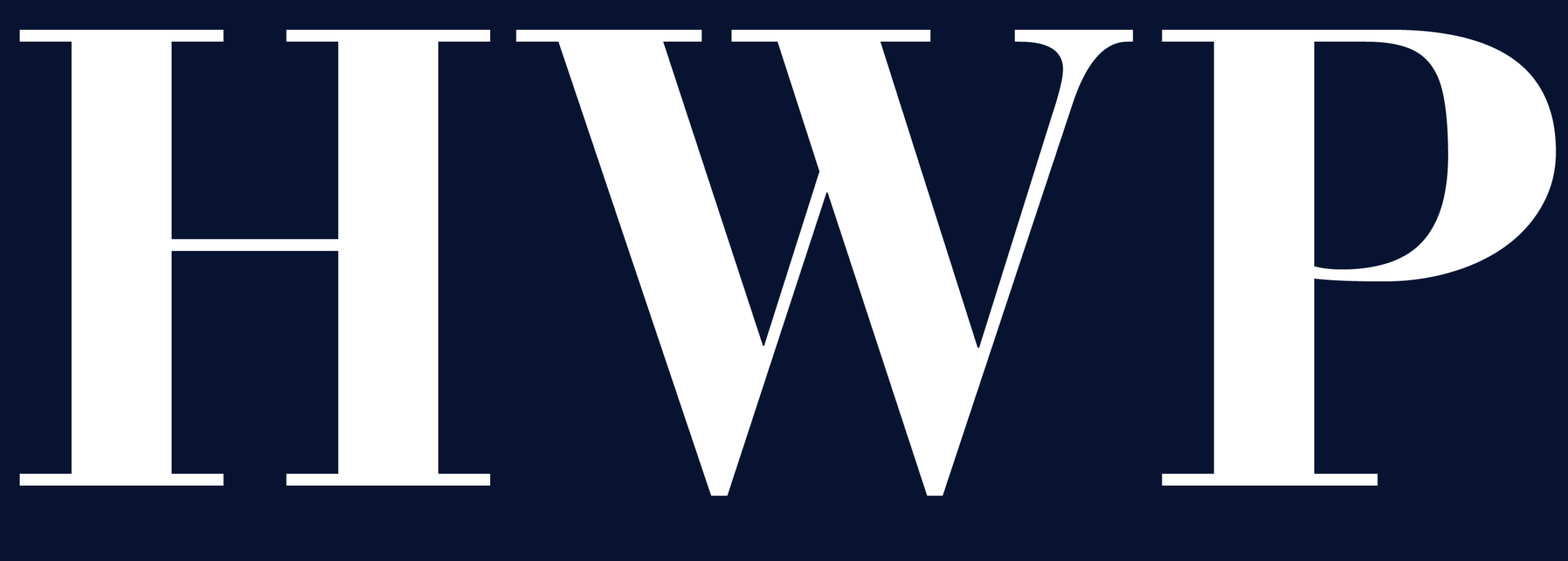Pakistan is rewiring its economy – forging a Russia-backed steel pact, luring Aramco into fuel retail and relaunching PIA’s sale. HWP Law breaks down the deals and legal angles you need to know.
From the Desk of Haider Waheed, Founding Partner, HWP Law
Pakistani legal and commercial news can read like a thriller: this week, a Russian delegation recommits to Pakistan Steel Mills (PSM) on the eve of a national budget; a Saudi oil giant takes a major stake in Pakistan’s largest retail fuel network; and the government dusts off its plans to privatize the national carrier (after 21 years of losses, PIA just posted a profit). These stories are more than local headlines. Each signals a structural shift with cross-border impact – where foreign capital and global partners play starring roles. At HWP, we pride ourselves on connecting the dots for international investors. In this issue, our briefs and analysis will cover the latest developments in Pakistan’s energy, infrastructure, and aviation sectors, giving global counsel and CEOs an edge on emerging opportunities and risks.

Energy & Industry: Russia and Saudi Aramco Enter Pakistan’s Market
Pakistan’s government is actively courting foreign capital to restart heavy industry and energy projects. In Islamabad, Special Assistant Haroon Khan confirmed that Pakistan and Russia have held “two fruitful meetings” recently to rebuild Pakistan Steel Mills (PSM) or build a new mill near Karachi. Pakistan Steel, a 1970s Soviet-era complex on 18,660 acres, has been idle for years. If even half of PSM’s old machinery is salvageable, Pakistan plans to restore it with Russian help. Separately, Pakistan has already earmarked 700 acres of the PSM site for a brand-new steel plant – a project now being fast-tracked by a joint working group with Russia. Officials note that despite vast iron ore reserves, Pakistan still imports ~$2.7 billion of steel annually due to a 3.1 million‐ton shortfall. The new mill (near Port Qasim) would slash raw-material transport costs and capitalize on Pakistan’s rising consumption (below even many developing peers, implying room to grow). In short, Islamabad is betting that a Russian-Pakistan steel venture will help close the supply gap and create jobs – a timely signal of how geopolitics intersects with our infrastructure (and one more arena where HWP’s cross-border expertise can guide partners on procurement and project finance).
That same government boldness extends to oil and gas retail. In May 2024, Saudi Aramco closed its first Pakistani deal: a 40% acquisition of Gas & Oil Pakistan (GO), which operates ~1,200 fuel stations and convenience stores nationwide. White & Case advised Aramco on this transaction. The stake represents Aramco’s first entry into Pakistan’s fuel-retail sector, part of a global expansion strategy. HWP clients will note that GO’s CEO Khalid Riaz is a local entrepreneur whose family built the business from scratch, making this a true Pakistan-foreign JV. As Aramco’s EVP said, the deal “unlocks new opportunities” in Pakistan. In practice, Aramco will inject capital and global supply chains into Pakistan’s downstream market. Analysts see this as a confidence vote: a $ million-scale greenfield /brownfield financing (with an international partner) that likely involves local approvals on anti-corruption and competition fronts. We expect more to come: Aramco’s press release noted the deal was first announced in late 2023, and in March it also bought a Chilean fuels retailer – underscoring that energy majors view Pakistan as a high-growth retail opportunity.
Beyond Aramco and Steel, another landmark is unfolding in aviation. The Pakistani government relaunched the privatization of Pakistan International Airlines (PIA) on April 24, 2025. This is Pakistan’s third attempt (after two failed auctions) to sell a majority (51–100%) stake in the restructured carrier. What makes this round different? First, PIA has turned around financially: it posted its first annual profit in 21 years (Rs3.9 billion operating profit, net Rs2.26 billion). A debt-cleansing program (baking Rs268.7B in bank debt and Rs170B in government debt, plus legacy liabilities of Rs188B) slashed PIA’s negative equity from Rs698B to Rs45B. All those figures drive home that PIA’s balance sheet is far cleaner than a year ago.
To woo bidders, Islamabad is making the terms irresistible. The new offer allows buying up to 100% of the airline (including management control) and extends sweeping incentives: a waiver on 18% GST for new aircraft, indemnities against certain legacy taxes/litigation, and even additional equity support to bolster the balance sheet. Requirements have been softened: now any existing airline (meeting Rs200B revenue criteria) can bid, alongside financial conglomerates. These sweeteners mirror the IMF agreement (Pakistan pledged to sell PIA under its $7B program). The catch? The privatization timeline is tight (EOIs due June 3, auctions by Oct–Dec 2025). Global counsel take note: this ride is on fast-track, and foreign-savvy firms (HWP included) are already evaluating bid docs and regulatory filings.
As local lawyers, we highlight one unique vehicle behind the scenes: Pakistan has put PIA’s bad debts into a new holding company (PIA-Holdco), leaving a “clean” airline entity to sell. This structure echoes LBO or bankruptcy playbooks abroad – another example of Pakistan adopting international financial norms to attract bidders. And there’s an operational green flag: the EU recently lifted a four-year ban on PIA in November 2024, allowing resumption of flights to Europe. Though brief, PIA’s return to markets like Paris and London signals confidence in safety and oversight – crucial selling points to global investors.



No Comments